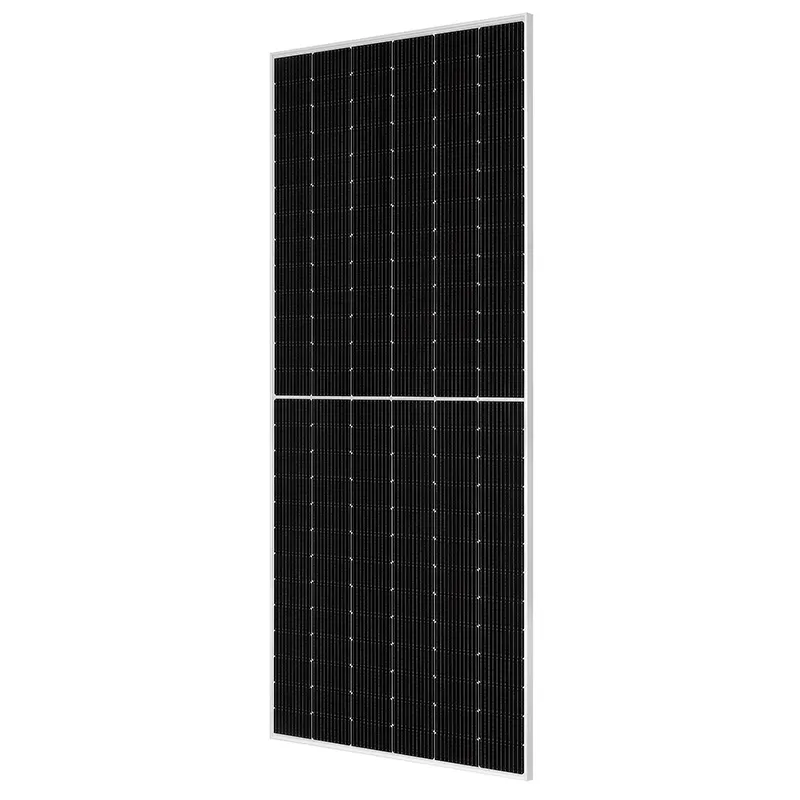standard solar panel efficiency
Understanding Standard Solar Panel Efficiency
Solar energy has emerged as a pivotal solution to meet the growing global energy demands while addressing environmental concerns. Among the various aspects that influence the effectiveness and adoption of solar technology, the efficiency of solar panels plays a crucial role. In this article, we will explore what standard solar panel efficiency means and why it is important for both consumers and manufacturers alike.
Solar panel efficiency refers to the percentage of sunlight that a panel can convert into usable electricity. Standard solar panels, typically made from silicon-based materials, have varying efficiency levels, commonly ranging from 15% to 22%. This means that if a solar panel receives 100 watts of sunlight, it can convert 15 to 22 watts into electrical energy. Higher-efficiency panels can generate more electricity from the same amount of sunlight, making them more desirable for residential and commercial applications.
Several factors influence solar panel efficiency. The type of solar cell used is paramount. Monocrystalline panels, made from a single crystal structure, generally offer the highest efficiency rates due to their superior purity and arrangement of silicon atoms. On the other hand, polycrystalline panels, while often less expensive, tend to have lower efficiency due to their less uniform structure. Additionally, factors like temperature, shading, and the angle at which sunlight hits the panels can also affect performance.
standard solar panel efficiency

The importance of efficiency cannot be overstated. For homeowners, higher efficiency means that less roof space is required to meet energy needs, allowing for more flexibility in installation. This is particularly beneficial in urban areas where space is at a premium. For manufacturers, improving panel efficiency can lead to a competitive edge in the market, attracting more customers who are interested in maximizing their energy output.
As technology advances, the efficiency of solar panels continues to improve. Innovations such as bifacial panels, which capture sunlight on both sides, and advancements in photovoltaic materials have led to new breakthroughs. Continuous research in this field aims to push the boundaries of efficiency even further, targeting rates above 25% in the near future.
In conclusion, standard solar panel efficiency is a critical factor in determining the effectiveness of solar energy solutions. As technology evolves and awareness about sustainable energy grows, understanding and improving solar panel efficiency will remain essential for harnessing the full potential of solar power in our quest for a greener future.
-
String Solar Inverter: The High-Efficiency Solution for Smart Solar EnergyNewsJul.14,2025
-
Revolutionizing Rooftop Energy with the Power of the Micro Solar InverterNewsJul.14,2025
-
Power Independence with Smart Off Grid Solar Inverter SolutionsNewsJul.14,2025
-
On Grid Solar Inverter: Powering the Future with Smart Grid IntegrationNewsJul.14,2025
-
Monocrystalline Solar Panels: High-Efficiency Power for the Future of Clean EnergyNewsJul.14,2025
-
Bifacial Solar Panel: A Smarter Investment for Next-Generation Energy SystemsNewsJul.14,2025







